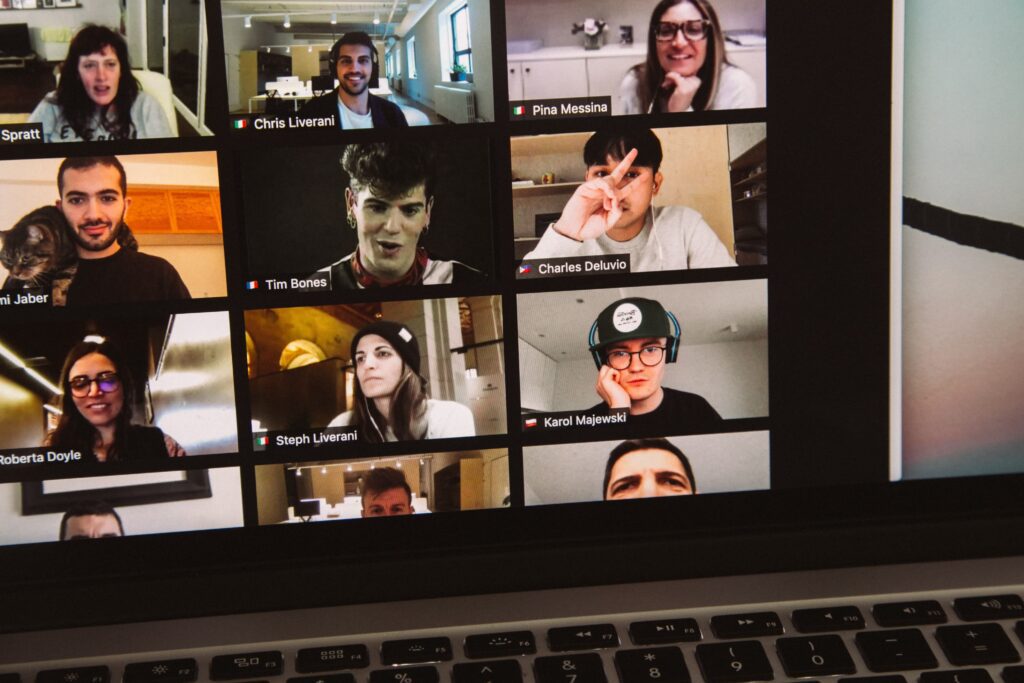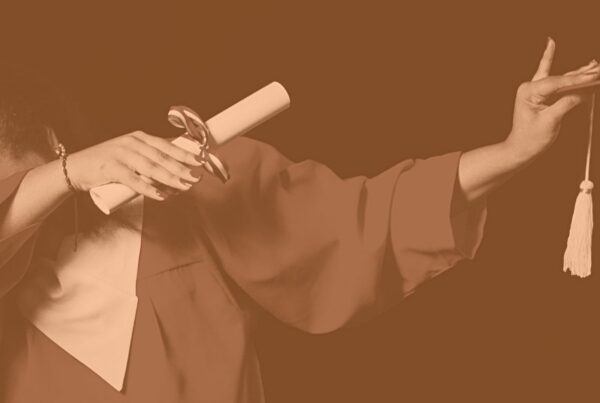The Event Brew squad is tackling a complex topic today; a topic most event planners have contemplated in the last two years. It’s time to talk about audience engagement on event platforms!
The topic was inspired by Encore’s article, titled ‘Keep Attendees Engaged with an Interactive Event Platform‘. The Event Tech Podcast has tackled this topic from multiple angles, but today, we can get an inside scoop from Dustin, Nick, and Thuy, as well.
Event professionals are divided when it comes to implementing event technology to boost audience engagement. Some swear by it, some believe that technology alone is enough to get the crowd going (spoiler alert: it’s not), and some avoid it at all costs and refuse to adapt to the breakneck speed of change.
The Brew Crew, too, has many differentiating opinions about this topic. Some have confessed to mostly preferring Zoom calls over any other platforms, while others think event platforms can revolutionize events as we know them. Press play and enjoy!
Event Platforms Are A Tool: Use It Wisely
First, Dustin shares his thoughts about audience engagement on event platforms. “The event platform is just one of the many parts that need to come together to create real audience engagement. Having a great platform is important – as is having all the other tools.”
Nick agrees: event technology companies are your partner and their product is a tool. But when event design is bad, the tool is useless.”If you have a poor platform, it is difficult to have an engaging event,” adds Nick. “At in-person events, audience engagement can happen despite bad design because people want it. But in a digital format, it takes a bit more effort.”
Event Technology: The Bridge Between An Event & Content Collection
Next up, Will asks the Brew Crew whether they have ever been to an event with a terrible event technology experience that has nonetheless made a great impression on them.
Dustin says yes. “When you’re at in-person events, it is very easy to maneuver around event technology. If the technology is not vital to you making connections and being able to network, then the technology doesn’t matter.”
Virtual events, however, are a different matter. “If the technology fails you during a virtual event, there is nothing an attendee can do to work around that. Technology is a lot more forgiving in person. If the audio is bad, you can move closer to the stage or reposition yourself. But online, you’re stuck at the mercy of whoever’s running the event,” Dustin adds.
“I was just recently at a conference,” says Thuy. “And one of the planners said it would’ve been much easier to navigate when we’re supposed to meet up if there was an event app, but it didn’t ruin necessarily the experience.”
Nick was recently at a virtual event where something went wrong with the broadcast, which turned the event into a mere collection of content. “The event organizers emailed everybody and told us that we can watch the content on-demand. So I thought to myself: ‘I’ll watch those sessions someday’. It was not an event.”
“If something is prerecorded, I always say to myself that I’ll watch it later, but I never do,” admits Thuy. “It would be nice to have a watch party with the keynote and a calendar invite.”
Follow The Flipped Classroom Model
So, how to make audience engagement on event platforms work? How do we make sure that the audience is not just browsing through a collection of content?
Nick suggests the flip classroom model boosts audience engagement on event platforms. “Give people the content ahead of time and come to the event to talk about it. Let’s become participants and have discussions.”
“The event platform could do an amazing job at executing the content distribution in a lot of different ways that really would let the content be the content,” he continues. “Separate the content distribution from the audience engagement. But we’re trying to do both at the same time on virtual platforms. The biggest problem is that you’re asking people to engage, chat, listen, and take notes all at the same time. It’s too much.”
After all, at in-person events, we are also not networking and listening to sessions at the same time. So, why are virtual attendees expected to use the chat so much while a keynote is speaking, for example?
“Virtual platforms suffer from the fact that they try to do it all in a big mash. In-person suffer from the fact that they had to cram it all back to back because you have to fly someone out for three days,” concludes Nick.
 This Could’ve Been A Zoom Call
This Could’ve Been A Zoom Call
Not every event platform is good for every event. Nick explains that it’s important to look at your event goals and assess which features your platform needs. If you need more features than a plain Zoom call, you search for something else.
Dustin adds that there are many types of online events. “There’s the training meeting, an all-day conference, a webinar … It’s easier for us to identify what technology is best suited for each of them. The one-hour webinar doesn’t need all the features that an all-day educational event is going to need.”
He thinks that event platform marketers should explain which audience their platform is best suited for rather than trying to target everybody. “They put all this pressure on everybody; as if every video call needs to be extravagant, interactive and it needs to be games and bells and whistles and apple pie needs to come out of your computer.”
“Sometimes, I’m relieved to see that the meeting is on Zoom when I get an invite,” the ever-so-relatable Dustin confesses. “I would rather sit on a Zoom call than learn new features and set up my avatar every time. Sometimes, it’s exciting, but most of the time, it’s not.”
Audience Engagement On Event Platforms: Keep Exploring
To conclude, the Brew Crew agrees that we shouldn’t stop exploring new event technology solutions. “The technology is only going to get better and as long as there’s an audience for it, they will continue to build it. Let’s not get stuck in our ways with the one platform that helped us get through COVID,” says Dustin.
And remember: design first, tools second. Look for event platforms that fit your event goals; don’t try to create your event to fit into a particular event platform. “Do not conform your design to the platform you’re using,” concludes Nick.
And you? Do you also cringe when you see your next virtual meet-up is not in Zoom? Or are you like Will, who loves to try out new software solutions to keep events interesting? Let the Brew Crew know by reaching out to them. They love to know how other event professionals approach event design, audience engagement, and event technology.








